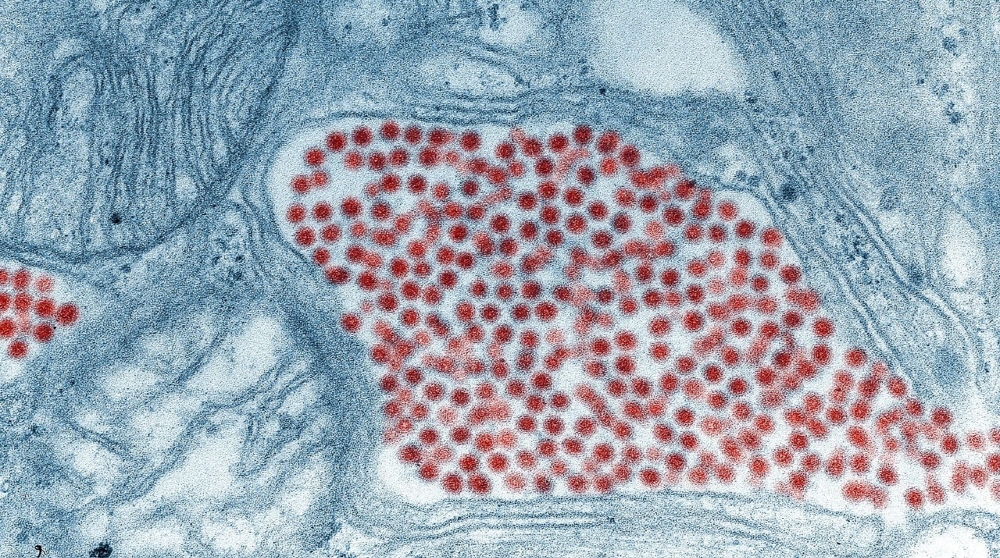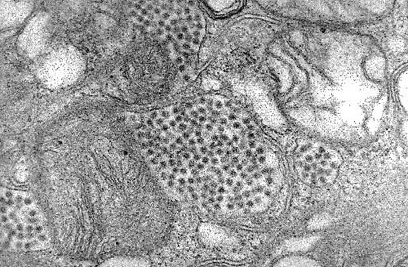
According to the Florida state health authorities, mosquitoes that carry the eastern-type equine meningitis (EEE) virus have also been discovered this year.
According to recommendations released by the Florida Orange County Health Department, the eastern equine meningitis virus was discovered in Florida. The mosquito in question is mediated, and it is said to be dangerous enough to cause serious brain damage and kill up to a third of the infected.
EEEV has the potential to be transmitted by other mosquitoes, including mosquitoes that live in temperate regions of the United States. People infected with EEEV complain of flu-like symptoms. 5% of them cause severe brain swelling called encephalitis. This swelling causes headaches, drowsiness, convulsions, and coma, and in the worst case, it can die within 2 days of onset.
It deserves to be called a terrifying killing virus, but so far, EEEV has hardly ever been infected with humans. Primarily because the species that transmitted this disease tend to live in wetlands away from cities. In addition, EEEV is not sufficiently replicated in the infected body. Therefore, the path of infection through mosquitoes is not established.

According to the U.S. Centers for Disease Control and Prevention, an average of 7 infections occurred each year in the U.S., and 6 cases were recorded in 2018. Florida is known as one of the areas where EEEV occurs, and other areas include Massachusetts, New York, and North Carolina. Researchers set up warehouses in mosquito-spotted areas to detect mosquito-borne EEEV and West Nile virus, and regularly test chickens with blood. When pathogens are detected from chickens acting as watchmen, recommendations are issued. It is believed that the risk of infection in humans is increasing, as these watchman chickens are positive for being infected with horse meningitis.
Of course, there may be no problems right away, but the EEEV says that as climate change progresses, the frequency of occurrences in the United States will increase. Also, the reality is that there is no vaccine to take appropriate measures for EEEV. Frighteningly, the disease, which is still rare, like so many others affected by climate change, may be damaging to more humans in the near future. Related information can be found here .


















Add comment